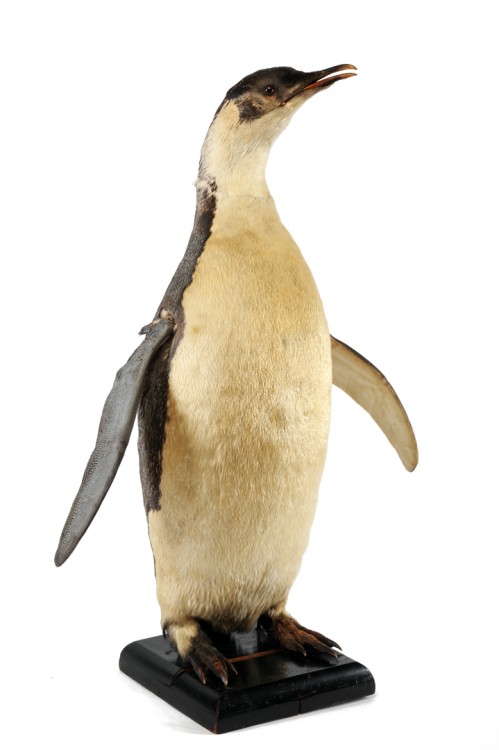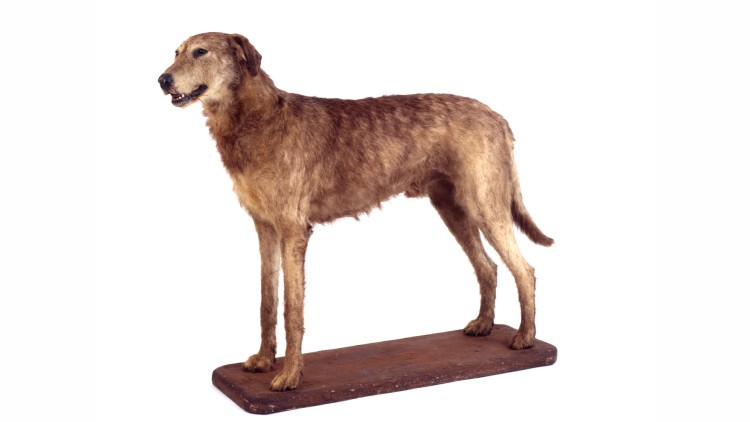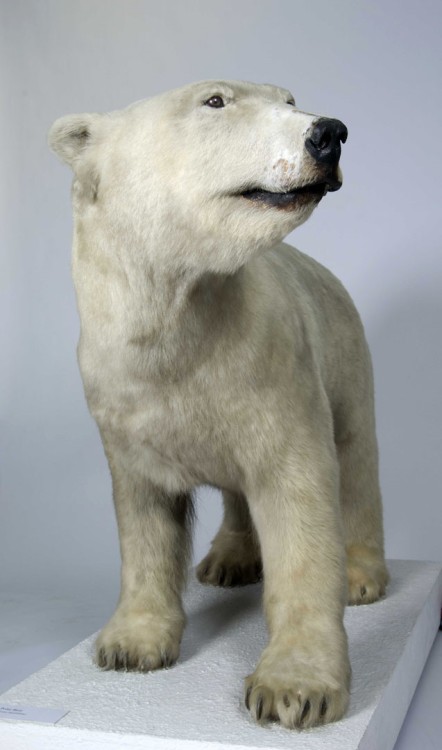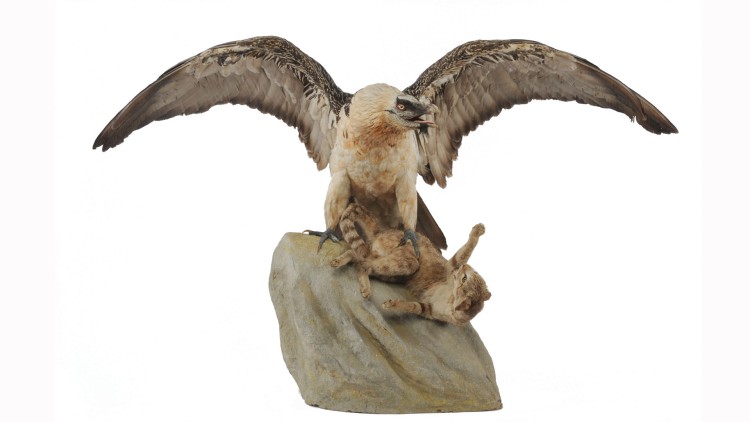The natural sciences collections have been built up since the late 1700’s, with collections from various early naturalists and societies eventually being brought together to form the Belfast Natural History Society in 1821.
The collection contains animal specimens including taxidermy mounts, skeletons and skins of many birds and mammals found in and around Northern Ireland, and from all around the world. Many mounts were prepared in the early 20th century by the famous Sheals taxidermists of Belfast.
The records of past species distributions tell us where the organisms occurred, and allows for comparison with new records from targeted surveys. Museums play an important role in the connection between specimen vouchers, correctly identified, contributing to conservation of important habitats. The specimens represent life at a moment in time, whether recent time (the last few 100 years), or deep history (geological time), and are of great value to science.
Revealing the Past, Protecting the Future
Our Natural Sciences team is working hard to unlock the immense potential of the Natural Sciences collection and harness the associated information, reflecting the historic species diversity represented by our specimens. This contributes to understanding environmental change and fosters a deeper appreciation for biodiversity. Our Natural Sciences collection is an invaluable resource which serves as a window into Earth’s past and present, documenting the remarkable diversity of species and ecosystems. New collections continue to build on this foundation, offering ever-expanding resources of great scientific value.
We will use the Natural Sciences collection to educate visitors about the importance of biodiversity, ecosystem preservation, and the impact of human activities on the environment. The documentation of Irish geology reflecting landscape changes over time, including magnificent fossils, reflects deep time changes.
We are collaborating with our partner organisations like the Centre for Environmental Data and Recording (CEDaR), Buglife Northern Ireland, the Botanical Society of Britain and Ireland (BSBI), researchers and other conservation organisations to study and document biodiversity, track species distribution and population trends and monitor environmental changes over time. This research can contribute to better understanding of ecosystems and aid in the development of conservation strategies.
National Museums NI is committed to using access to our collections, on-site wild places and environmental data sets to reconnect people with nature and encourage agency in recording, championing and protecting our natural world.
Highlights
Marine Invertebrate Collection
This collection is of international significance. Multiple marine surveys were undertaken from 1973, with reports published with NIEA during the 2000s by Bernard Picton. Data from those surveys underpins marine conservation in Northern Ireland, culminating in the 2004 publication of Marine Habitat Classification. These important marine invertebrate collections are producing species still unknown to science today.
Life Sciences Collections
A significant collection of molluscs, both marine and non-marine, includes part of the Robert J. Welch (1859-1936) snail collection from across Ireland, and new material is being added. The insect collection has over 80, 000 specimens, mostly from the UK and Ireland, some of international provenance. The plant collection contains over 91,000 specimens of which two-thirds are flowering plants. The remainder of the collection consists of algae, mosses, liverworts, lichens, fungi and slime moulds. Both collections are being developed.
Geological Collections
The geological collections are actively growing and researched by Mike Simms. Ireland's only dinosaur bones are on display in the Ulster Museum, following their formal description in 2020. Several research articles cover newly discovered fossils, and our museum continues to make a significant contribution to this field of science.







